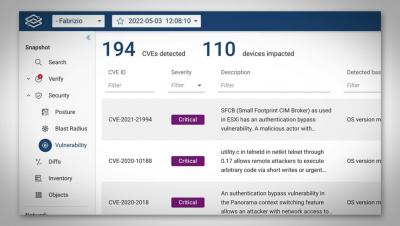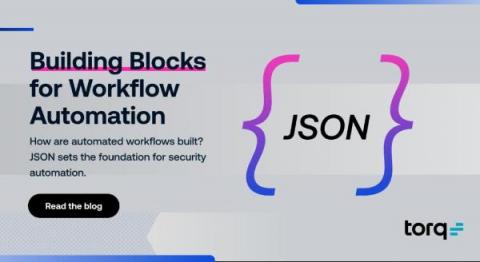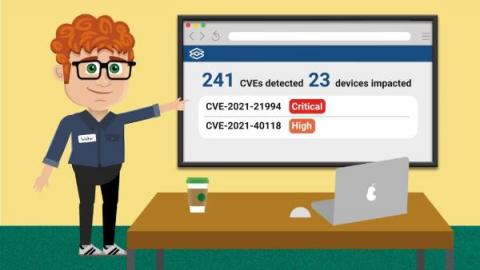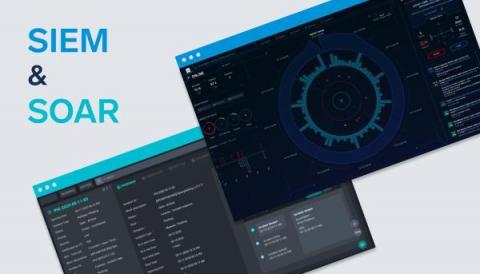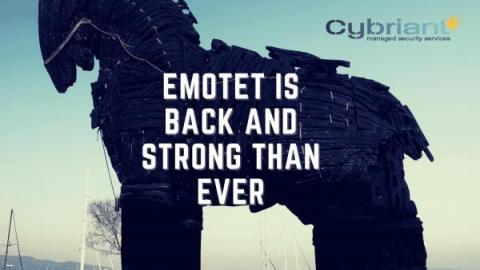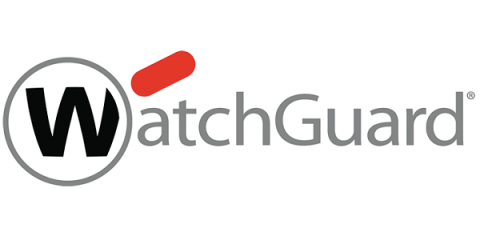Security | Threat Detection | Cyberattacks | DevSecOps | Compliance
Security
Using Forward's Vulnerability Analysis with Fabrizio Maccioni
A day In The life of a Fashion Products Company CISO - Vikas Yadav
JSON Basics: Building Blocks for Workflow Automation
Automation workflows add a lot of value to an organization’s day-to-day operations. At a minimum, they streamline the execution of complex, multi-step processes, thereby allowing people to focus on higher-value tasks. On top of that, automation workflows can provide valuable insights through the metrics that they gather – including the number of requests, the date and time they were requested, the time it took to complete each request, who made the request, and much more.
What you need to know about PCI 4.0: Requirements 10, 11 and 12
As we continue our review of the 12 Requirements of PCI DSS version 4.0, one has to stop and consider, is it possible to have a favorite section of a standard? After all, most guidance documents, as well as regulations are seen as tedious distractions from the importance of getting the job done. However, depending on a person’s position and function in an organization, it is possible to “geek out” on some of the information in these official papers.
Easily remediate the CVEs most likely to harm you using Forward Enhanced Device Vulnerability Analysis
Headline grabbing vulnerabilities, like SolarWinds and Log4Shell, target management software and end hosts, but if you search for “most exploited vulnerabilities” on Google, you will quickly learn that some of them directly target network and security devices as well as server load balancers. These are the 3 most exploited CVEs in the last couple of years: Would you be surprised to learn that network device operating systems can be vulnerable to security flaws like any other software?
SIEM vs SOAR : Evaluating security tools for the modern SOC
What is an IT Security Network vs. a Cyber Security Network?
The terms "IT security network" and "cyber security network" are often used interchangeably, but there is a big difference between the two. An IT security network is focused on protecting your organization's computer systems and data from unauthorized access, while a cyber security network is designed to protect your entire organization from cyber attacks, including those that target your physical infrastructure.
The Emotet Botnet is Back and Stronger Than Ever
Emotet, one of the most pervasive and destructive botnets in use today, first appeared in 2014. Despite its age, Emotet is still going strong and shows no signs of disappearing anytime soon.



